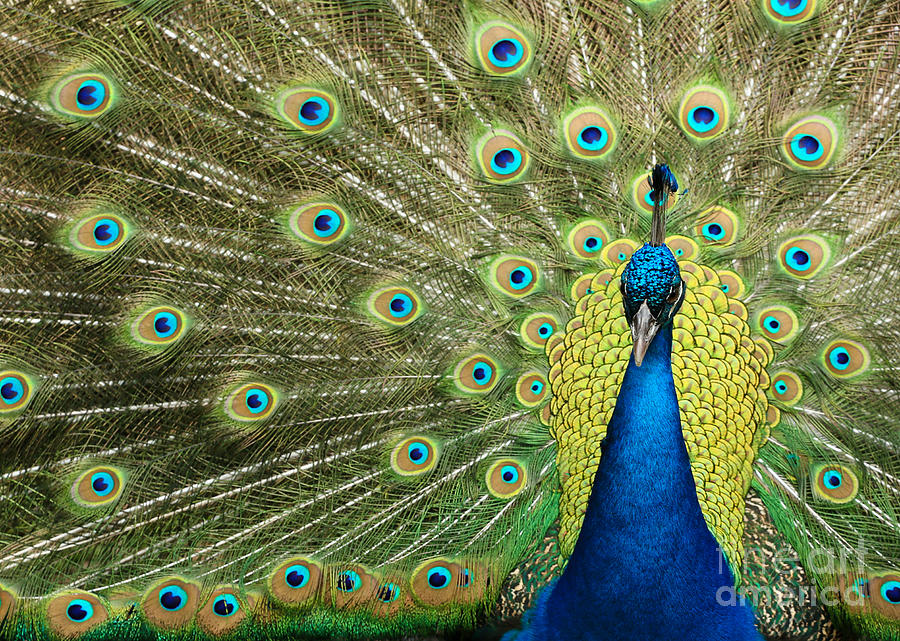The Six Systems of Philosophy in India - 4. Swami Krishnananda.
========================================================================
========================================================================
Saturday, October 15, 2022. 06:00.
(Spoken on May 8, 1997)
Post-4.
=========================================================================
The Brahma Sutras have four chapters, and the total number of sutras is five hundred and fifty-five. What does the First Chapter of the Brahma Sutras deal with? There are many statements in the Upanishads whose meaning is difficult to make out. They can mean one thing or another thing. The specification of the true meaning of a particular statement in the Upanishad is necessary so that we may not mistake its import. The First Chapter of the Brahma Sutras engages itself entirely in interpreting the true import and meaning of certain knotty passages in the ten major Upanishads. There are minor Upanishads also, totalling one hundred and eight or so, but the Brahma Sutras is concerned only with ten: Isa Upanishad, Kena Upanishad, Katha Upanishad, Prasna Upanishad, Mundaka Upanishad, Mandukya Upanishad, Aitareya Upanishad, Taittiriya Upanishad, Chhandogya Upanishad, and Brihadaranyaka Upanishad. These are the principle foundations of philosophical metaphysics in India. It is a very difficult subject. Many people do not go into the Chhangogya and Brihadaranyaka Upanishads, and confine themselves only to the lesser Upanishads. But the Brahma Sutras goes into the depths of these knotty passages occurring in the Upanishads. The First Chapter is not a commentary on the Upanishads. It is only the interpretation and explanation of the true meaning of certain unintelligible portions, statements, in the Upanishads.
The Second Chapter of the Brahma Sutras is entirely devoted to the refutation of contrary doctrines. There are schools of thought which do not believe in God, and such schools are refuted by proper argument. The logic of Nyaya, the physics of Vaisheshika, the dualism of Samkhya, the ritualism of Purva Mimamsa, and even the atomism of Jainism and the schools of Buddhism are dealt with elaborately, and every theme that is propounded by these godless schools is set aside as not in conformity with the ultimate nature of things. Generally, only the Second Chapter of the Brahma Sutras is prescribed in colleges and universities because it is intricate, highly argumentative, and intellectual in its nature. We shall not go into these things, as our purpose is mainly spiritual edification. We shall confine ourselves to the subject of the building up of our true self, the various efforts that we have to make in freeing ourselves from the bondage of samsara, and finding out ways and means of the salvation of the soul.
The Third Chapter deals with a very interesting aspect of the subject, namely, which passages of the Upanishads can be combined for the purpose of meditation. The Third Chapter deals with meditational processes according to the Upanishads. Every statement in the Upanishads is a prescription for meditation. In all the ten Upanishads, several such statements are made, and many of them of a similar nature and import can be brought together for the purpose of meditation. Which point of the Upanishad can be combined with which other point for the purpose of meditation is the subject of the Third Chapter.
The Fourth Chapter is the most important for us, as it deals with the cause of bondage and the release from bondage.
Thus, the Brahma Sutras is a pinnacle of Indian philosophic thought, which deals with and tackles every existent school of thought in India. It points out their inadequacies, rejects them wholesale, and substitutes for all these thoughts a more comprehensive vision of life, integrated in its nature, complete in every aspect, and wholesome in every means. The question is about our own selves. The Brahma Mimamsa, or Uttara Mimamsa, is also sometimes called Sharika Mimamsa. A sharika is a being who has embodied physicality. Whoever has a body is a sharika. Inasmuch as it studies the nature of the embodied soul, it also is called Sharika Mimamsa. As it is concerned with the establishment of the Supreme Absolute, it is called Brahma Mimamsa because it is posterior to the Karma Mimamsa. Mimamsa which is Purva is called Uttara Mimamsa. Varieties of names are given to this wonderful, spiritual, metaphysical textbook called the Brahma Sutras.
END.
=========================================================================









Comments